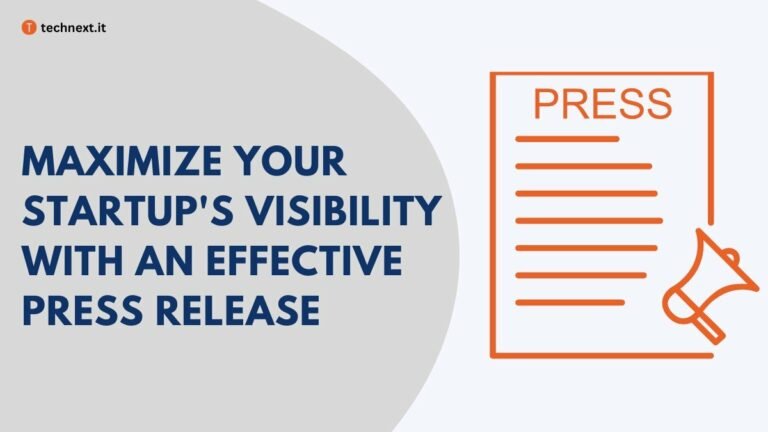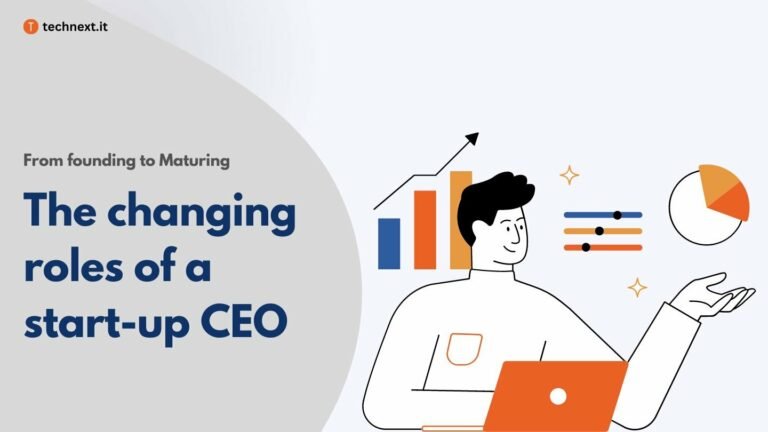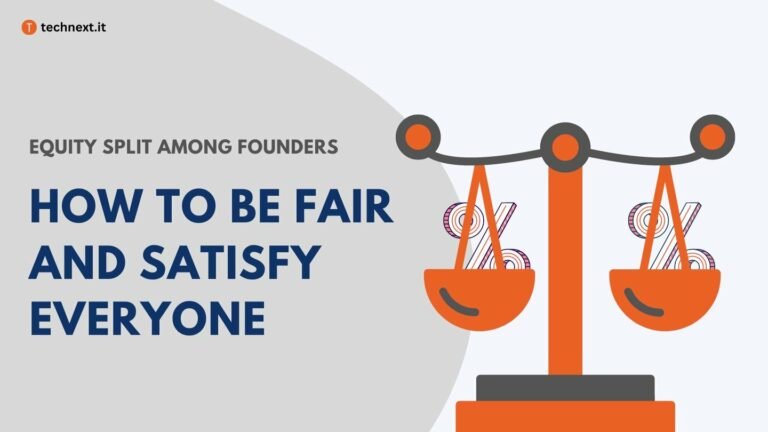7 Real-World Proof of Concept Examples with Free Template
Here we have compiled seven real-world proof of concept examples that are sure to inspire you. Plus, we’ve included a free PoC template to help get you started.

“Everything begins with an idea.” Just like Earl Nightingale, have you ever had a brilliant idea for a new product or service but been hesitant to invest in it because you don’t know if it will be a success or not?
Well, there are multiple ways to validate an idea; you may create a prototype, develop an MVP, or write a proof of concept. Proof of concept is the most cost-effective of all three.
This is the key step where you build a prototype or demo that lets you check if an idea is technically workable before you start full-scale development.
Definition: A proof-of-concept is the demonstration of some concept or theory with the goal of confirming that the concept or theory has practical possibility.
Elements of Proof of Concept
The proof of concept will help you reduce risks and provide valuable insights to guide your decision-making process. But your journey from ideation to successful implementation has uncertainties, so you must establish a systematic approach. This is where the essential elements of proof of concept come into play, providing a structured roadmap to assess your idea. Depending on the nature of your idea and business, the specifics of your proof of concept may vary, but in this part, we will talk about certain key aspects that should always get included.
A problem statement
This element is the foundation for the entire POC. You need to state a brief and precise description of the issue that your project or product aims to solve. Remember to include the necessary context and outline the pain points experienced by your target audience or users. Later you can guide the team’s efforts and align stakeholders’ understanding with this statement.
Define objectives and scopes.
Next, you must define the objectives (the specific and measurable outcomes your product or project aims to accomplish) aligned with the problem statement and overall vision.
In addition to objectives, you also need to define the scope of the POC so that you can use your resources where they are required. You must also specify your KPIs (key performance indicators) to track and monitor the results.
Methodology
After objectives, it’s time for methodology. This element guarantees that your POC is executed methodically and structured, improving the results’ reliability and applicability.
You need to describe the procedure and strategy taken during the POC. Include information on the study design, data collection strategies, flow of actions, potential challenges, and testing protocols.
Prototype
Moving forward, it’s time for the prototype or demo, which is your idea being tested in the real world. Your prototype can be the product or technology in its infancy or a mockup.
You need to remember one thing while preparing your prototype; it should demonstrate your concept’s primary features and functionality. This way, you can directly show your targeted audience and stakeholders your idea.
Evaluation
The next step is evaluation; you must analyze and identify the data and evidence during this phase. You can compare the actual results with the cast results and outline the gaps and limitations of the proof-of-concept.
The following categories can help you evaluate the data and find out the strengths and drawbacks of the solution – Technical Feasibility, Market Analysis, Financial Viability, Risk Assessment, User Feedback, and Testing.
Recommendations
After evaluation, share your findings from the proof of concept, such as your key takeaways, observations, and conclusions. You need to recommend suggestions for additional action, tweaks, or development based on what you learned from the proof of concept. Last but not least, create a proposal for how to move forward to success based on the recommendations.
7 Proof of Concept Examples from Startups
These elements were interconnected throughout the POC process for each startup and played a vital role in validating the startups’ ideas. In this section, I have listed seven startups that have successfully implemented different forms of POC.
1. Airbnb (with the website)
Before Airbnb became the world platform for sharing homes that it is today, it was just a proof of concept. In late 2007, founders Brian Chesky and Joe Gebbia moved to San Francisco from New York.
They were unemployed and were looking for ways to pay their rent. They noticed that there was a local Industrial Design conference with lots of visitors in the town. With all hotel rooms in town booked, they saw an opportunity and created a website called “Air Bed and Breakfast.”

The idea was to offer visitors a place to sleep and breakfast in the morning. They charged $80 each a night. The idea succeeded, and the first Airbnb guests were born: a 30-year-old Indian man, a 35-year-old woman from Boston, and a 45-year-old father of four from Utah sleeping on their floor.
Later in 2008, when the other founder Nathan joined them, they all decided to start a new company. They reflected on the story in 2007 and realized they wanna work with this idea of Airbnb. If you are more interested in this story, you can watch this startup success story.
2. Dropbox(a simple three-minute video)
The start was not that much smooth for this 9.35 billion dollar company. The challenge was when they explained the concept of Dropbox, the venture capitalists could not imagine a world in line with Drew’s(One of the Dropbox founders) vision.
In an interview, Drew revealed when he wanted to get into YC. He realized the process was pretty similar to college admissions. If he wants admission, he needs to do something different. Everyone is going to have a demo link in their application or whatever.
So he made a three-minute demo video demonstrating the technology of Dropbox. The video is narrated by Drew himself, and the viewer follows along on his screen as he explains how Dropbox works.
Drew put the video on Hacker News, and it stayed in the news for two days. It drove thousands of people to the website. And their beta waiting list went from 5,000 people to 75,000 people literally overnight, proving the idea of Dorpbox a massive success.
3. Allbirds (crowdfunding platform and one type of Wool Runner)
It all started with a New Zealand soccer player Tim Brown. As a player, he was never satisfied with his shoe. Later when he went to the London School of Economics, he developed his idea for a simple, sustainable shoe.
In an interview, Tim opens up about how difficult to find materials that have never been used to make shoes. Merino wool was their 1st material. He wanted a shoe that would be comfortable, simple in design, and sustainable.
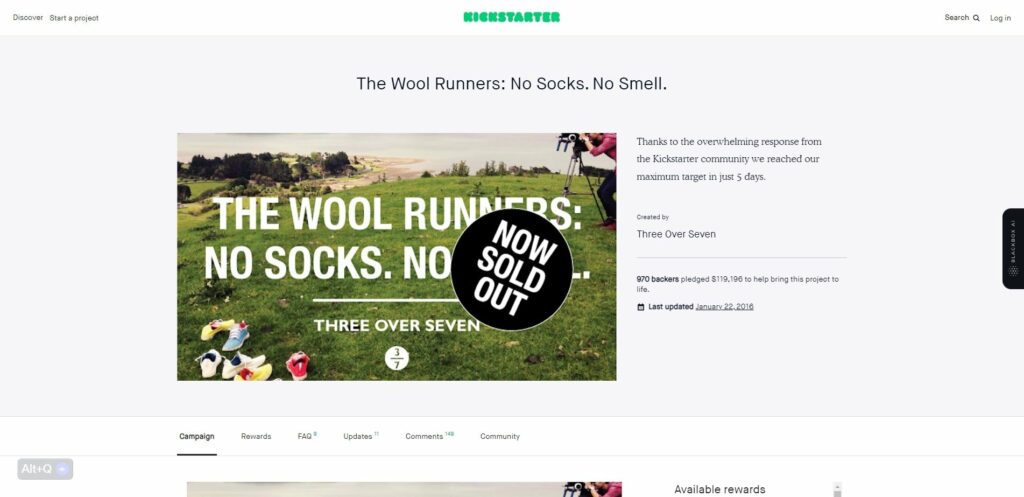
However, he required verification of his theory; with a handful of samples, In 2014, he launched a campaign on a crowdfunding platform for creative projects, “Kickstarter.” The campaign took off, and in 4 days, they sold $120000 worth of shoes.
He needed to stop the campaign because that was all the material they had. With this successful POC, later in 2016, he with his co-founder Joey Zwillinger launched their company, “Allbirds” with just one product. And in the first week, Time magazine called” the shoe the most comfortable in the world.” Again proving the idea of “Wool Runner” a big hit.
4. Duolingo (a private beta version)
The mastermind behind the famous Duolingo, Luis von Ahn, was a millionaire by the time he was 24. He is also known as one of the pioneers of crowdsourcing. After he sold reCAPTCHA to Google in 2009, he was working with his Ph.D. student Severin Hacker(the other co-founder of Duolingo); Luis posed a question to his student “How can we get 100 million people to translate the web to every major language for free.”
As a solution, they settle on the idea of “Duolingo,” where people can learn a new language while simultaneously translating the web. Since people create value while learning, they don’t have to pay with their money; they pay with their time.

Luis’s idea was huge. So they launched Duolingo as a private beta on November 27, 2011, supporting six languages English, Spanish, French, German, Portuguese, and Italian.
The Poc was also a huge success, just like the idea. Within a month, 300,000 people had signed up on a waitlist. It didn’t stop there when the app was launched; over 10 million people downloaded the app in the first 12 months.
5. AngelList (a Wufoo form and blog post)
The startup idea was born from the multi-year frustration about the venture capital of the founders Babak Nivi and Naval Ravikant. Their idea was to have an online liquid marketplace where a startup could go put their profile up, and if they were worthy, investors would come and knock on their door.
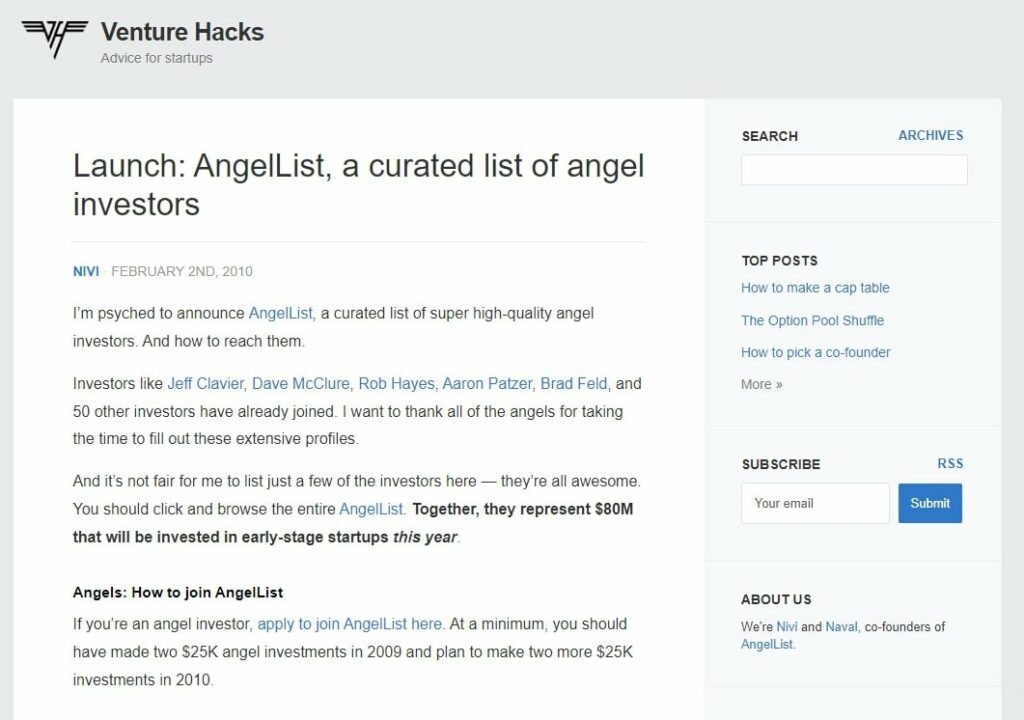
Navi tried a couple of versions to implement the idea, but it didn’t work.Then they wanted to make a list of investors on a web page.
So they made a Wufoo form and sent them to the investors to fill out their information. Then the founder, Nivi, himself copied and pasted those lists into blog posts. That was the first working proof of the AngleList idea.
6. Buffer (a tweet with a link)
Less than two months after the initial concept, this startup already had paying customers. The founder, Joel Gascoigne, revealed in a blog post that the idea came to him when using other Twitter scheduling apps to prevent flooding his followers with multiple tweets.
The main idea was to devise a way to queue up tweets without having to schedule each separately. He even suggested other apps about it, and they didn’t implant it. So, he decided to test the idea himself.
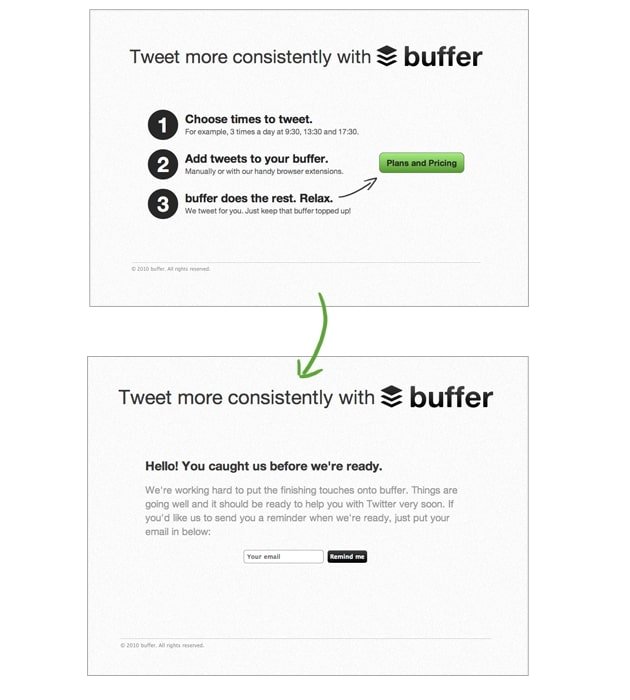
Joel created a manual system that simulated Buffer’s core functionality to measure the user interest in the app concept. Then the founder tweeted the link, asking for feedback and email sign-ups.
After the tweet, few people used it and sign-up. He also received some valuable feedback via email and Twitter. This way, the founder validated the idea and started working on the concept of Buffer.
7. Drip (with emails)
Email marketing is something everyone has heard, but the founder of Drip, Rob Walling, used email as a POC of his idea. It all started with the list of problems that startups have made by the founder.
The founder himself shows the list at one of his conferences. While looking for solutions, he realized there was a lake of excellent email marketing tools for startups. As a serial entrepreneur, author, podcaster, and angel investor, Rob already has some reach in the startup world.
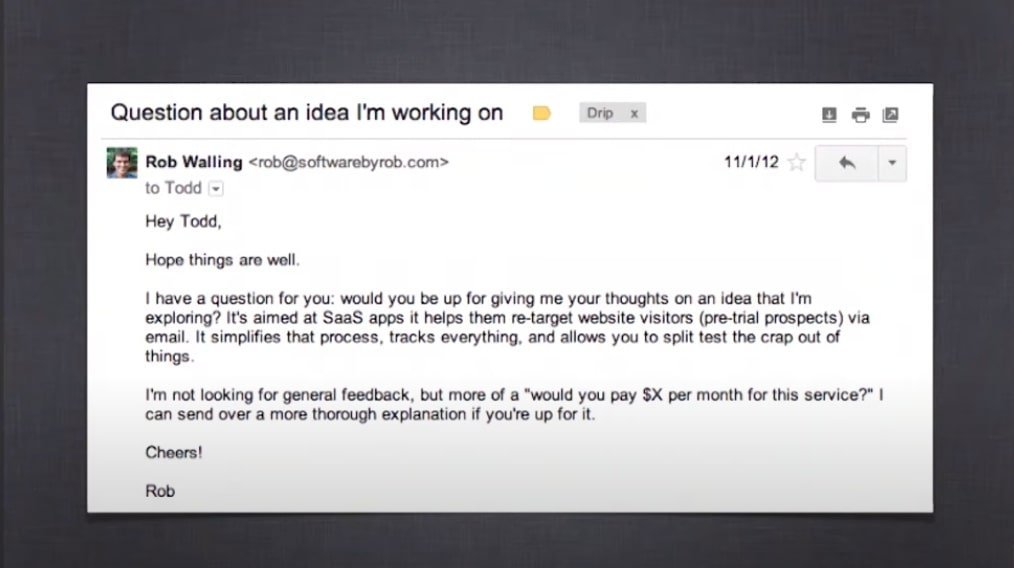
So he decided to take the competitive advantage and email some founders he knew. He aimed to find out ” 10 founders willing to pay $99/ Month” for his idea. So he emailed 17 people; the list includes founders, info product people, bloggers, etc.
He received 11 commitments, which verified his idea. As he emailed several types of people, he not only verified his idea but also discovered his target audience.
Free Proof of Concept Template
Hopefully, by now, you are inspired and fascinated by the success stories of the startups and their POC. Here we have prepared free Proof of Concept Templates. You can use it for your Proof of Concept.
I hope you found these seven stories inspiring. If you have any questions regarding creating your concept, consider scheduling a free meeting with Reza, who helped 100+ businesses and startups bring their dream project into reality.

![15 Top Berlin Venture Capital Firms for Early-Stage Startups [2024]](https://e6tgusu7445.exactdn.com/wp-content/uploads/2024/04/Berlin-Venture-Capital-Firms-768x432.jpg?strip=all&lossy=0&sharp=1&ssl=1)
